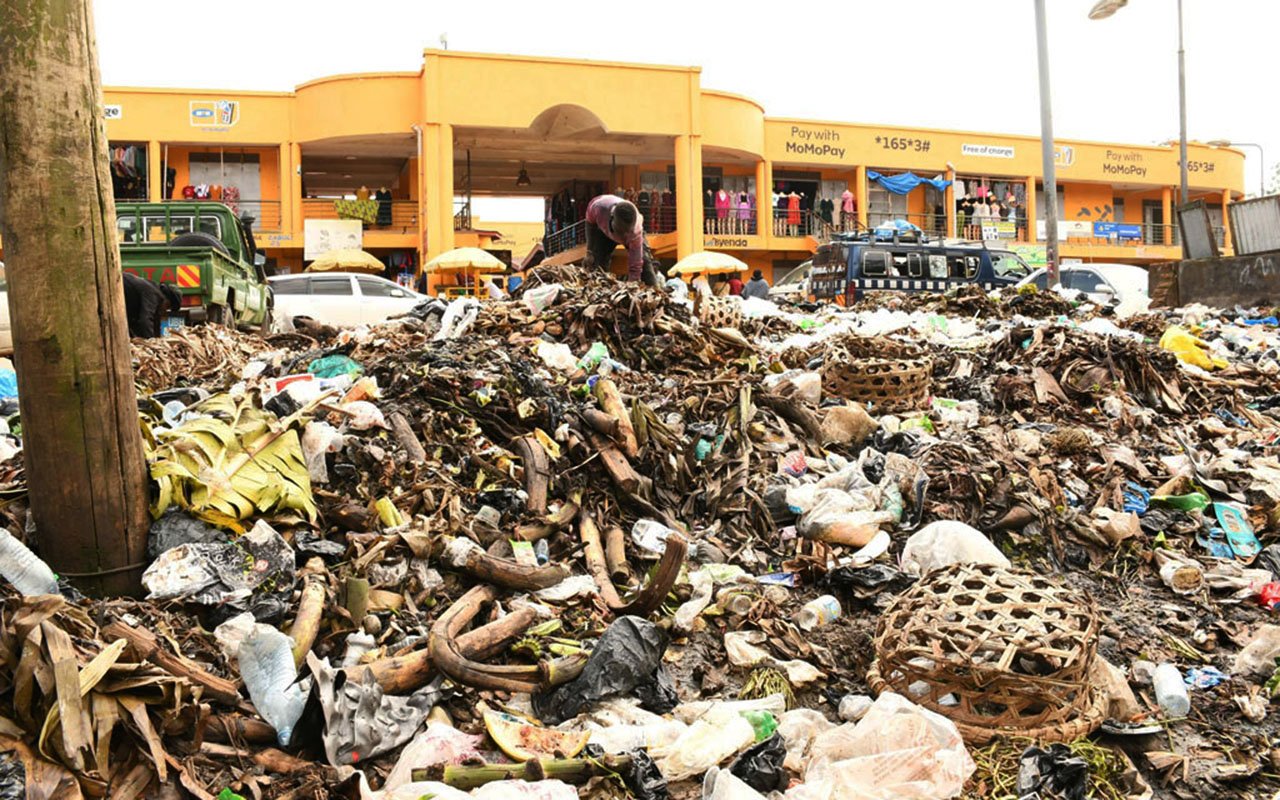Prime
Uganda industrial research institute : A catalyst for country's technological advancement

Author: Raymond Mugisha. PHOTO/FILE
What you need to know:
- In the Printed Circuit Board laboratory, UIRI showcased its capabilities in manufacturing electric gadgets such as radios, phones, and televisions and many others.
During a recent visit to the Uganda Industrial Research Institute (UIRI), I was astounded by the government's significant investment in cutting-edge technologies in the institution. The institute's operational framework serves as a solid foundation for driving the country's science-led industrialization agenda. As someone who last visited UIRI two decades ago during my engineering studies at Makerere University, I was intrigued to explore the recent developments upon the insistence of a friend.
At the UIRI Nakawa campus, I witnessed a team dedicated to agricultural value addition through research and capacity building for private investors. This team supports business entities in product development and provides technology advisory services. I was particularly fascinated by their research on the anti-cancer properties of ganoderma mushrooms. The team is working towards packaging teas, coffees, cosmetics, and other products derived from this mushroom species. My curiosity grew, prompting me to visit their second location at Namanve Industrial Park.
My visit to Namanve Industrial Park left me utterly amazed, and I will attempt to summarize my experience within the constraints of this commentary. My first stop was the engineering machining and fabrication unit, equipped with sophisticated machinery far surpassing the technology of my time as an engineering student. This unit specializes in high-precision welding and other computer numeric control enabled engineering procedures.
I discovered that students from Kichwamba Technical College were undergoing industrial training at this facility, contributing to the development of farm equipment such as grain threshers, honey pressers, and dairy processing equipment. Additionally, I learned about an ongoing project in collaboration with a South African entity to manufacture transformers for commercial purposes. Nearby, a team was diligently working on the development of a non-fuel consuming generator, which utilizes physical flux to generate electricity.
In the Printed Circuit Board laboratory, UIRI showcased its capabilities in manufacturing electric gadgets such as radios, phones, and televisions and many others. I was particularly impressed by a prototype of a low-cost radio designed and created by young engineers within the institute. This radio, encased in a simple wooden structure made from offcuts sourced from the institute's wood workshop, successfully picks waves and broadcasts. The fully-equipped PCB lab demonstrated its proficiency in developing circuit boards.

As an enthusiast of African cloth fabric, I was thrilled to witness an ongoing research on yarn and fabric at the textile laboratory. This remarkable facility offers testing and analysis services for various textile materials, including fibres, yarns, fabrics, garments, and personal protective equipment. I observed how yarn gets transformed into cloth and then into a garment. The potential fruition of the research on yarn manufacturing could lead to a self-sufficient cloth-making process within Uganda. I found numerous youths from different regions across the country attaining training in fashion and design and was told that so far many textile centres have been established by UIRI across the country. I imagine that based on this initiative, in the long run the country may have a vibrant textile sector producing high-quality garments as an alternative to relying on second-hand clothing imports.
The tour then transitioned into the realm of digital innovation, an area where my knowledge is less extensive. I visited the Artificial Intelligence (AI) and Robotics laboratory, where a staff member showcased a prototype of a robot known as a color sorter machine.
Additionally, I witnessed demonstrations of AI programming and its application to traffic light technology. A young member of the team tasked with developing a locally manufactured drone showcased a functional prototype with remote control capabilities. Although grasping the intricacies of their scientific explanations proved challenging, I look forward to deepening my understanding during future visits. Other laboratories, such as those focusing on hydraulics, pneumatics, and embedded systems, were equipped with state-of-the-art technology.
Spanning fifteen acres, including residential buildings for key staff, the Uganda Industrial Research Institute encompasses a broad spectrum of technological initiatives tailored to the present era. It is a place where children should spend their school vacations, acquiring practical knowledge and employable skills. Scaling such initiatives to rural areas could have a significant transformative impact.
I commend the leadership and team at UIRI for their well-coordinated and complementary range of initiatives. The institute's multi-product, wide-scope approach exemplifies the model required to achieve substantial technological transformation.
Raymond is a Chartered Risk Analyst and risk management consultant
[email protected]




